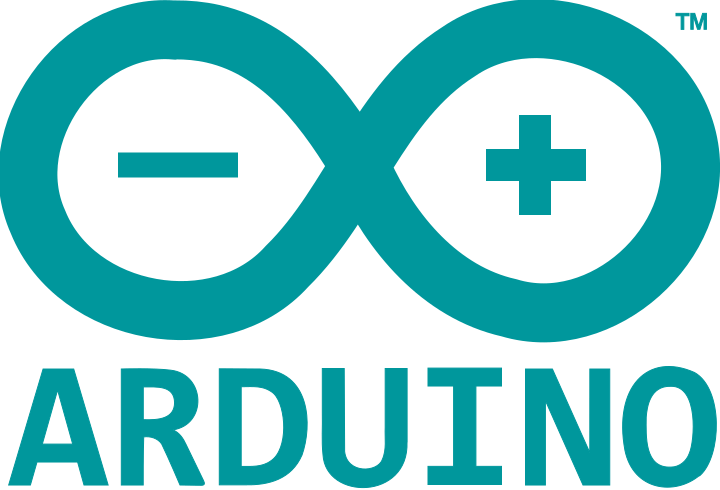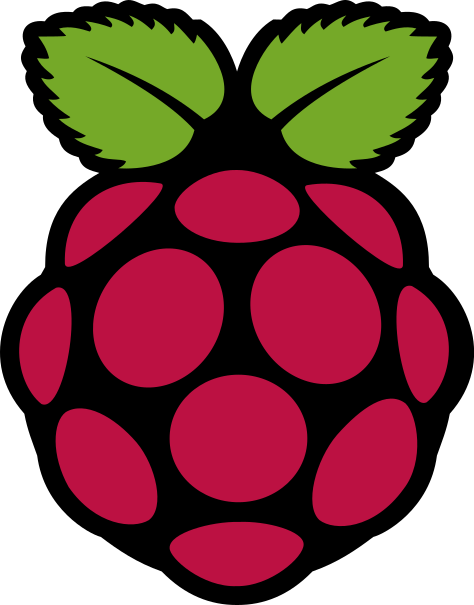Part of being a TED Ed Innovative Educator is working on an Innovation Project. We are able to choose something to work on for the year and document what we have learned. I had a hard time thinking about my project and all of the other TIEs have amazing projects. I had to think long and hard about what I care most about and I decided that student innovation is important to me. I want to create more opportunities for Student Innovation.
The first way I tried to implement Student Innovation Projects is to use 20 Time. I gave one class the chance to work on any project they wanted. It went very well and students created some interesting projects they were passionate about. The one obstacle I faced was trying to find balance in helping too much versus not enough. I felt like some students could have used more support, but then there were times I caught myself helping too much. It feels like such a thin line, but it is something I see I need to continue to work on for future projects.
One project that came out of this group was a way for students to scan their ID card when they leave the room with s pass and scan when they get back to keep an accurate lot of who is in the room. The scanner is connected to a Raspberry Pi and sends the info to a Google Doc. Our Superintendent saw the student presentation and wants to see this piloted in our schools. The students are currently working on this as an Independent Study with my support.
I really wanted to give students opportunities for innovation outside of my classroom. It is one of the reasons why I worked hard to create the Makerspace in our library. After becoming a Raspberry Pi Certified Educator, I thought it might be cool to see what students could do if they were given Pi and asked to identify and problem and come up with a solution. After a few weeks, the students blew us away. We had four teams and here is a quick recap of their projects:
Web-based application that will allow a person to turn on/off any device that is plugged into their system. It could be lights in your room or the coffee pot in the kitchen. Just login and turn them on or off.
A wifi based garage door opener that could eventually have a detector that can notify you when it is opened or closed.
A wifi connected robot rover that can take pics and record video.
The winning project was a Raspberry Pi connected to a touch screen monitor that allowed users to enter in their medication and the times they need to take it. The screen then starts a countdown and will notify users when it is time to take their next but of medication. Future extensions will have text capabilities. This group has another member that worked hard on the code, but she could not be their because she had sailing practice.
I loved watching all of these students share their projects and what they learned along the way. All of them talked about the failures and frustrations, but also the excitement that followed when they got it working. It was also fun to hear other students ask questions and offer suggestions for the other projects. It was a very nice collaborative atmosphere for the students and it all took place in our Makers Lounge.
There were two groups that dropped out. They said that they could not get their projects working and did not want to present. Despite encouraging them to come out and share their work, they were no-shows. I wonder how much more support I could have offered those students. More meeting times or something might have helped. Getting feedback will help for next time.
Overall, I think this was a huge success. This was the first ever STEAM competition our school has held like this and I think it got kids excited to do something different and see what they could learn along the way. It made me so happy to hear that students were teaching themselves how to code and learned so much along the way. You can't make students innovative, but you can give students the opportunity to explore and learn along the way. More often than not, students will create something innovative they never thought was possible.
 |
| The Pi Teams |
 |
| Winning Team: Noah, Simon and Eva (not pictured) |




























